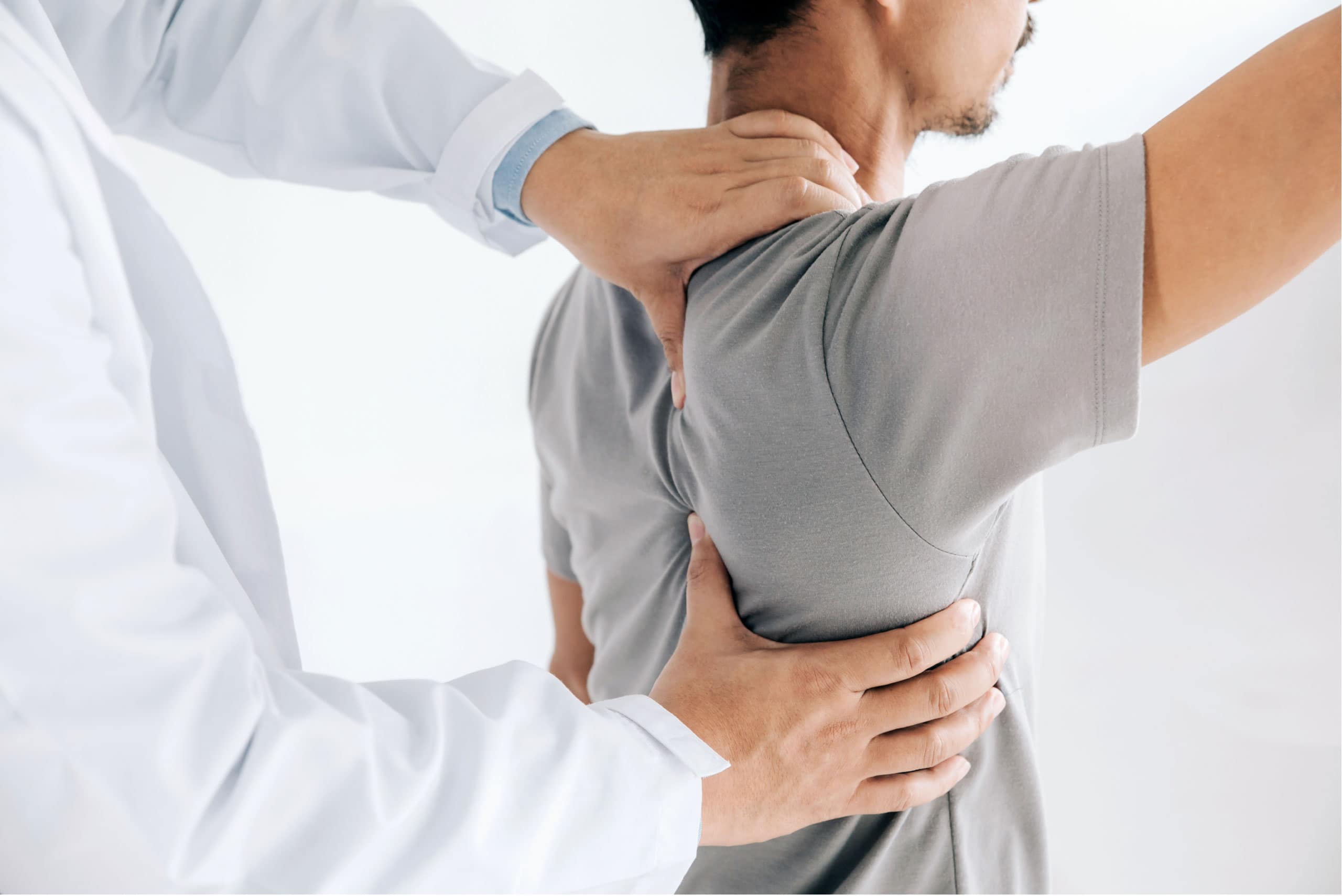
Shoulder pain is a common complaint among adults in Singapore. Whether you are a young active sports person, or an elderly individual, shoulder pains can severely impact your lifestyle. In Singapore where space is a perennial concern, we find ourselves building higher. Shelves and cupboards are frequently accessible only by lifting our arms above our heads, a motion that causes pain in most shoulder problem sufferers.
The shoulder joint is a joint formed between the humerus (arm bone) and the glenoid (part of the shoulder blade). The shoulder is an unstable joint to allow humans to have as much motion as possible. In order to compensate, the shoulder is stabilized with a piece of cartilage known as the labrum that deepens it. It is further stabilized by 5 tendons running around the joint. These are the 4 tendons of the rotator cuff, and the long head of the biceps tendon. These tendons serve not only to stabilize the shoulder, but also aid in shoulder movement.

An additional joint, the acromioclavicular joint is formed between the acromion (part of the shoulder blade) and the clavicle (also known as the collarbone). This joint allows smooth movement of the shoulder while keeping the arms away from the body.
In general, shoulder pain can be considered from the perspective of age. A younger patient with shoulder pain is more likely to have sustained an injury during sport, whereas an older individual may have shoulder degenerative changes resulting in tears and hence pain.
Younger patients are more likely to engage in contact sport and as such are at the greatest risk of shoulder injuries. Common injuries in this category include shoulder dislocations (where the arm bone pops out of the shoulder socket), acromioclavicular joint dislocations (where the collar bone pops) and fractures around the shoulder joint.
In younger patients, shoulder pain is often associated with symptoms of shoulder instability, including a sensation of the shoulder popping in and out especially with overhead motions. In severe cases, the shoulder may spontaneously dislocate with minimal activity.
Patients with prior shoulder dislocations may also find themselves more prone to subsequent dislocations and may suffer from nerve symptoms due to nerve damage during the dislocations. They may also experience shoulder weakness especially when lifting the arm, if these symptoms are not dealt with early.
Elderly patients tend to suffer from degeneration of the rotator cuff tendons in the shoulder. This results in weakening of the tendons which are then more likely to tear. Torn tendons cause pain and affect a patient’s ability to lift their arms.
In severe cases, more than one tendon may be torn. This results in severe weakness, with patients often unable to lift their shoulders beyond 90 degrees in the front and side. Over time, these torn tendons result in loss of cartilage over the shoulder joint, further increasing shoulder pain. This condition is known as cuff tear osteoarthritis/arthropathy of the shoulder.
Usually, the doctor will conduct a medical interview where he/she will discuss your symptoms and pattern of injury, as well as examine your lifestyle and requirements for your preferred activities. Based on that information, a focused clinical examination will be conducted on the shoulder and associated areas.
Depending on the findings of both the interview and examination, your doctor will usually recommend imaging tests which may include plain X-rays of the shoulder, as well as an MRI scan or ultrasound of the shoulder region.
A full suite of non-surgical and surgical options are available based on your diagnosis and requirements.
In general if surgery is deemed unnecessary, your doctor may offer:
Should surgery be deemed necessary, your doctor will discuss options based on your problem and unique requirements.
These may include: